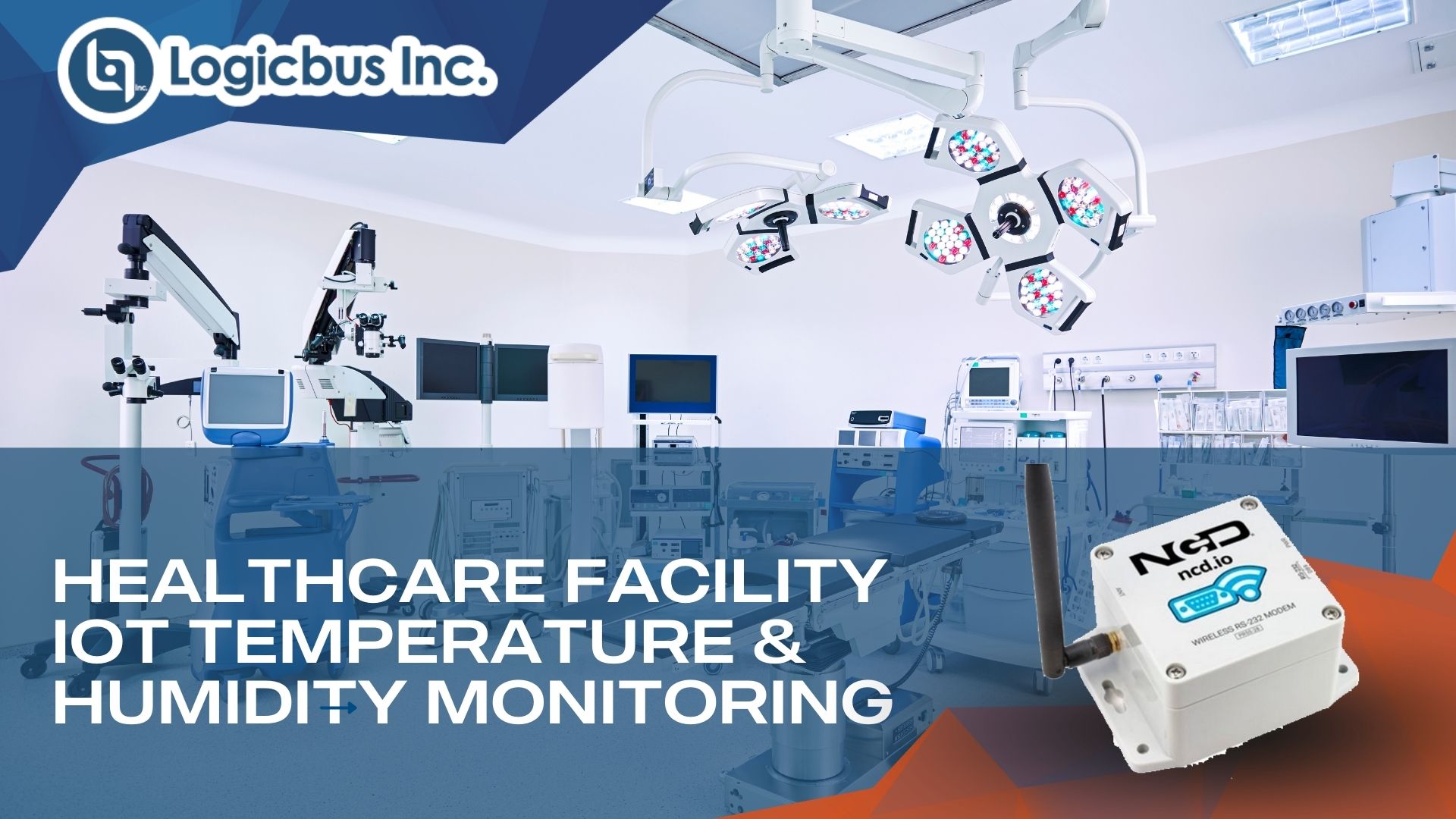Safety and Comfort
Keeping hospitals and healthcare facilities at an optimum temperature is not only for comfort, but also for safety. NCD offers IoT Temperature and Humidity monitoring that provide this peace of mind. Airborne disease and bacteria flourish in environments that aren’t cooled properly, or that may not have proper ventilation systems. Depending on the time of year, and facility, those temperature and humidity needs may change. Generally speaking, a large facility with high census or attendance will need to be at a lower temperature during the warmer months of the year to ensure a safer environment. During the cooler months, the temperature may be kept slightly higher, but humidity levels must be consistently maintained to ensure safety against harmful germs. Along with temperature control, it is also crucial that facilities have proper ventilation to control humidity, and so as not to transfer harmful airborne illnesses to the outside environment. Check out NCD’s line of Temperature and Humidity Sensors.

Temperature
The Centers for Disease Control and Prevention have set the following guidelines in terms of temperature for hospitals and healthcare facilities in accordance with facility or room type:
In general, healthcare establishments such as a medical clinic, or long-term care facilities, a temperature range of 70°F to 75°F (21°C to 24°C), can be used safely for preventing the spread of bacteria while keeping patients safe.
If a patient will be staying in a room for a time frame of days to weeks, such as a hospital room, it is generally recommended that the temperature be kept at 75°F (24°C) for comfort and safety.
For rooms where there may be a greater risk of hazard, such as an operating room or a room where there may be an inpatient procedure, it is typically recommended that the room be kept at a temperature of 68°F to 73°F (20°C to 23°C). These guidelines are based on safety protocol to reduce the risk of spreading disease, bacteria, and airborne pathogens.

Humidity

Also to consider, is the level of humidity within the healthcare setting. Moisture that comes from the humidity level from external air can impact the level of bacteria and viruses that thrive in a healthcare setting. To prevent the spread of disease, it is important to monitor, and keep the range of humidity within an appropriate scope to keep patients and staff alike safe.
The level of humidity will change somewhat depending on the type of facility and the types of procedures being performed in that setting, but generally speaking a humidity level of between 40% and 60% is ideal for a healthcare setting. Managing condensation levels by means of humidity monitoring is an important part of safety within the healthcare setting. By controlling the levels of humidity and condensation in the air, the facility is also less susceptible to cross contamination and the spread of disease.
Visit our website:
www.logicbus.com




sales@logicbus.com | support@logicbus.com | +1 619 616 7350 | Start conversation

